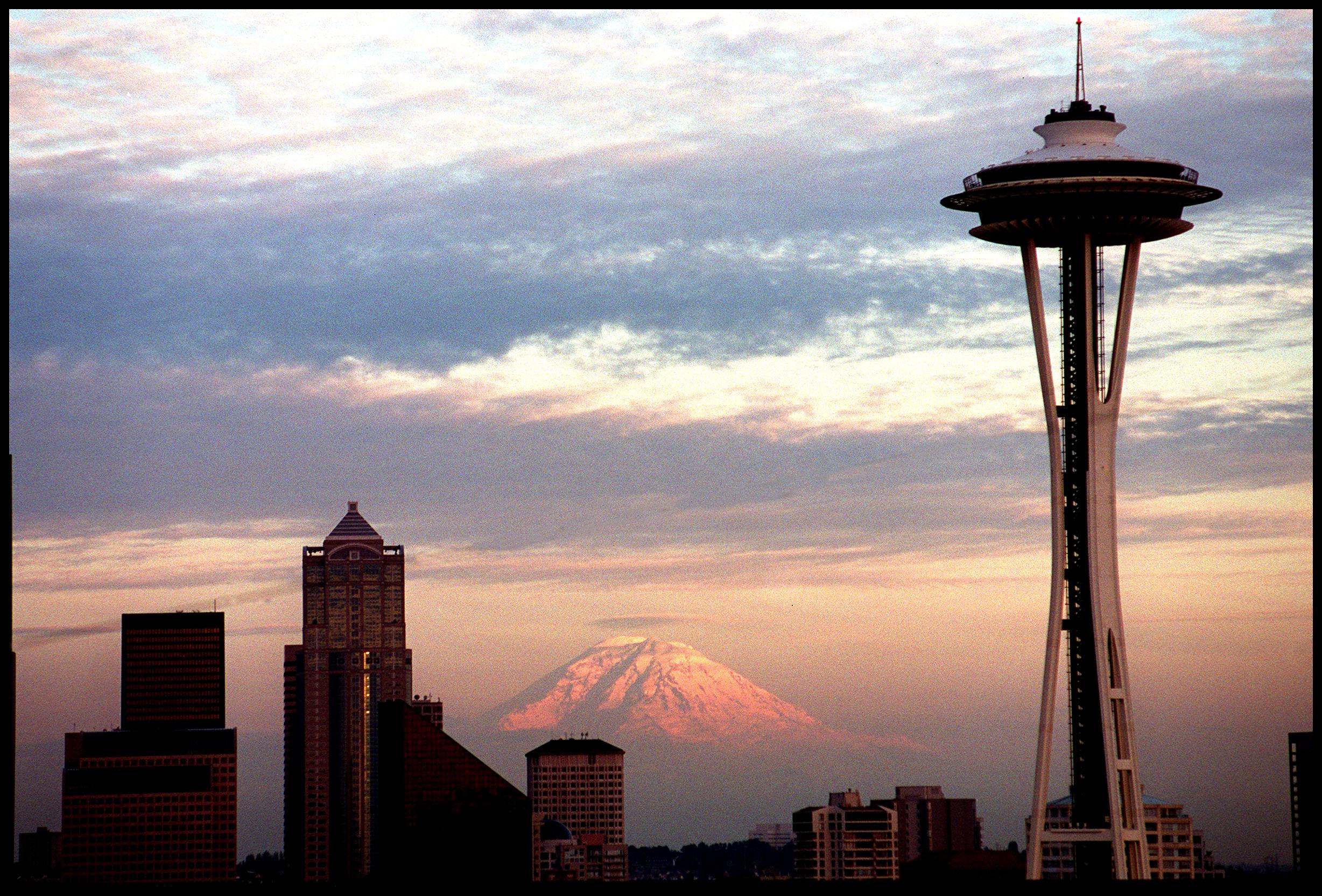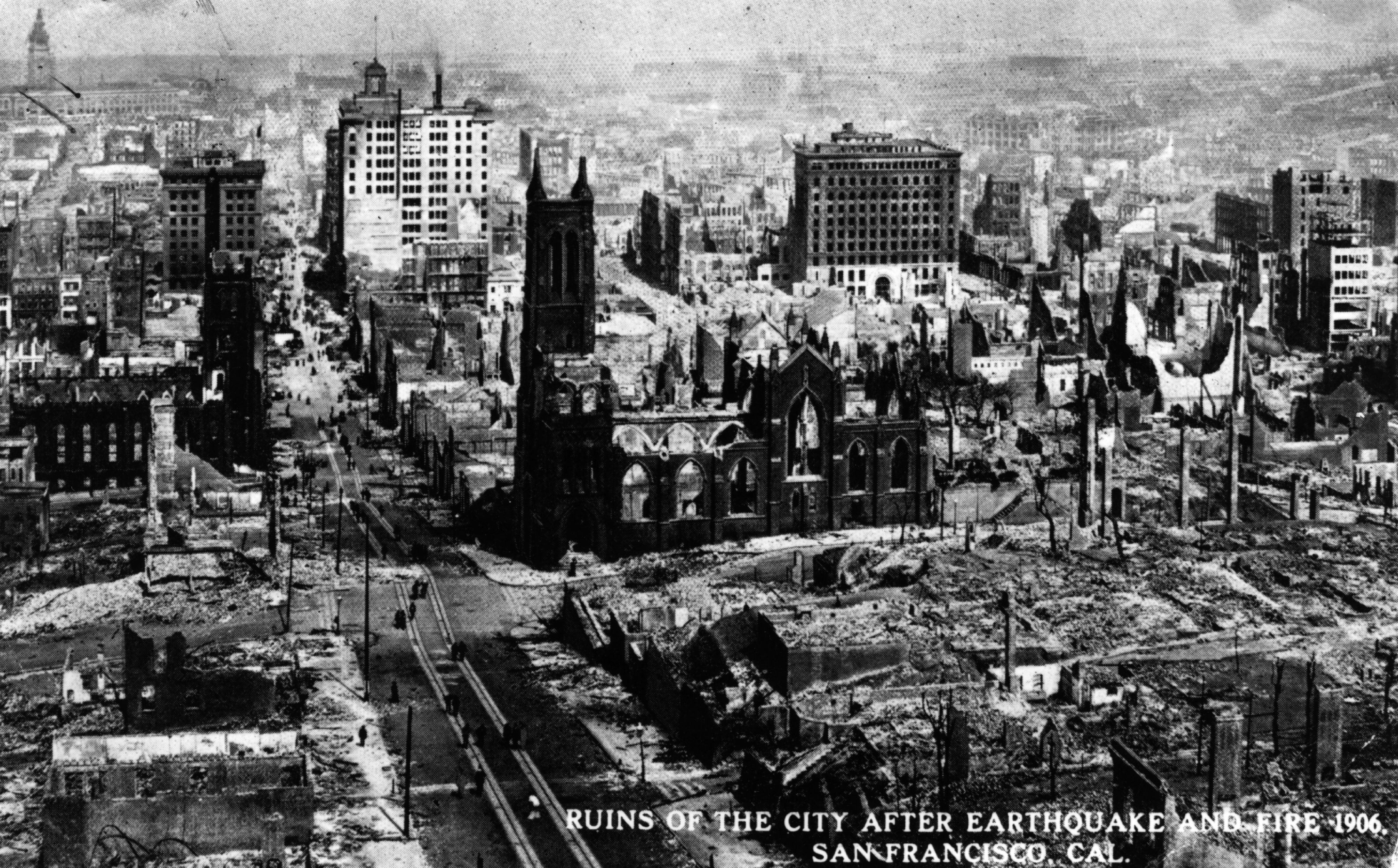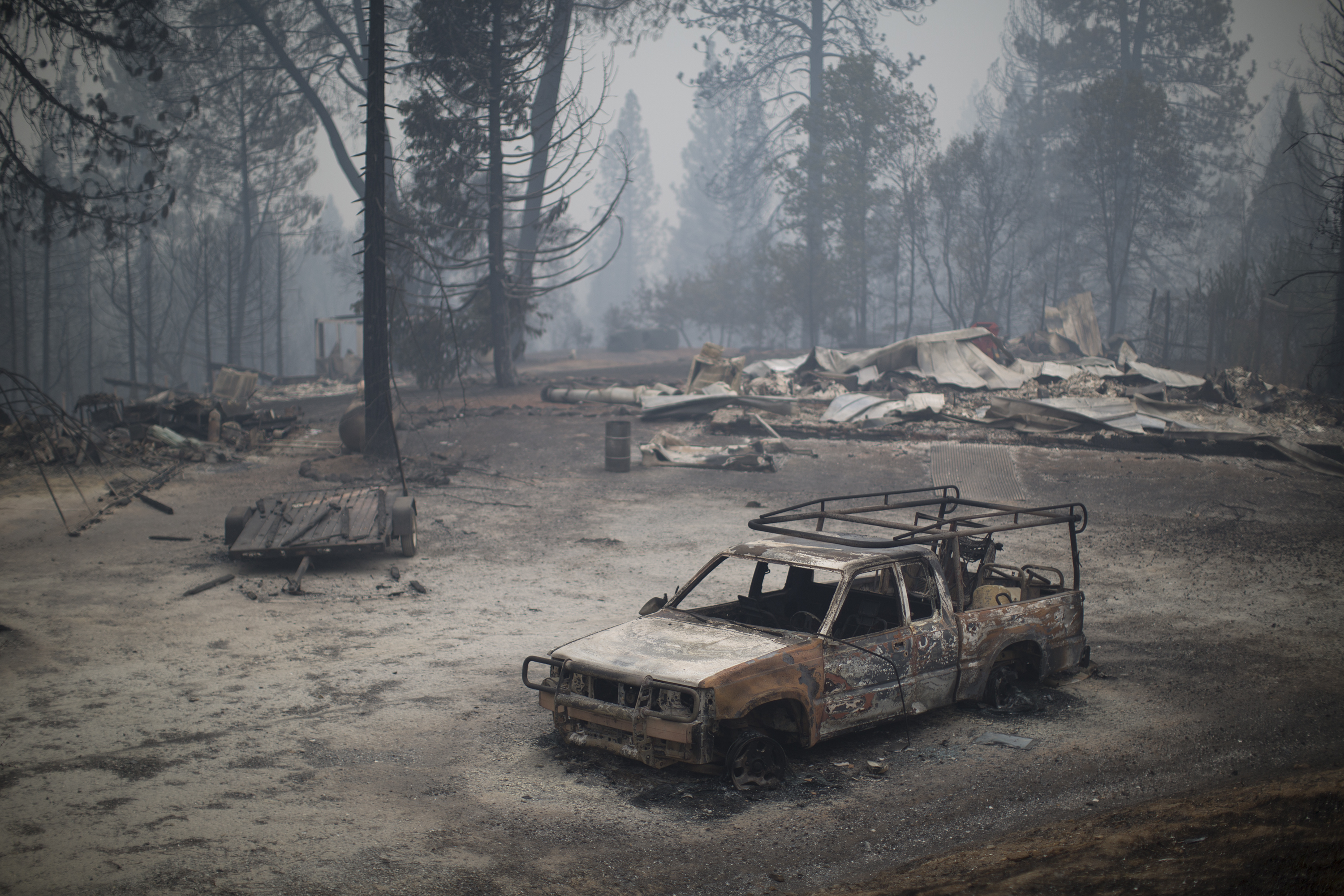
Natural disasters are a very real and present danger in this country. We built our cities and their entire infrastructure networks over the tops of massive faults, subduction zones, active volcanoes, and in the paths of hurricanes. Maybe we were a little short-sighted?
Today millions of American lives are at risk in the Pacific Northwest alone — where the Cascadia subduction zone has a one in three chance of sending Oregonians and Washingtonians back to the dark ages (and throwing a potentially devastating tsunami all the way to Japan, Russia, and Indonesia). That’s not to mention Mount Rainier being overdue for a major eruption that will certainly ice the sh*t-cake of disaster for Seattle, Vancouver, and Portland.
The Midwest is prone to devastating tornadoes that seem to be growing stronger and more frequent as we continually dismiss our effect on the climate. Meanwhile, the Madrid Fault is overdue for a major seismic event. That fault last jolted to life with thousands of quakes between 1811 and 1812 — one of which caused the mighty Mississippi to run backwards for hours.

San Andreas may be a worry for many in California, however, the real danger is the Hayward Fault that runs along the East Bay through Oakland. This is a fault that’s had a major earthquake every 140 years since 1315. As of right this moment, Hayward is eight years overdue for its quake.
And don’t get too comfy on the East Coast. Almost every major city on the inner Gulf and Atlantic coast are statistically overdue for a major hurricane. The deepest concern in the Midwest and East coast is that almost all their infrastructure was built in between natural disasters and are therefore completely unprepared.
We’ll wait here while you pour a very big whiskey and take a slow and deep breath.

Our city, state, and federal governments have been working together to create evacuation plans for many of these areas, especially for our major U.S. cities. To rate how they’re doing, a forensic consulting service, PT&C LWG, analyzed all of the data for the ten biggest U.S. cities to gauge what chances you have of getting out safe.
Their metric was pretty straightforward look at America’s ten most populated urban metro areas, “they took into account a wide range of factors: exit capacity, internal traffic, roadway intensity (number of lanes per thousand people), auto availability, bottlenecks, congestion, geographic barriers (oceans, lakes, mountains), public transit, land area, and density (population per square mile).” The results? It might be time to reconsider that move to NYC.
The list from worst to best:
New York City
Los Angeles
Chicago
Miami
Washington, DC
Philadelphia
Boston
Atlanta
Houston
Dallas
Let’s break down why these cities fall where they fall according to the metric applied. The bottom cities for ease of evacuation are New York, Los Angeles, Chicago, and Miami. The research cites several factors as prohibiting quick and easy escapes in case of disaster looming and striking. If we just focus on the bottom three, we learn where the blindspots are.
Chicago hasn’t made its evacuation plans public, which means the average citizen has no way to prepare (which seems hugely problematic). Plus anyone who has actually tried to drive in Chicago will know it suffers “when it comes to internal traffic, exit capacity, and roadway intensity.”
Los Angeles suffers again due to poor infrastructure and traffic giving it “low marks for bottlenecks, density, and internal traffic.”
Lastly, New York — the most difficult to flee — “Has low marks for exit capacity, auto availability, roadway intensity, and land area.” To put it simply, getting stuck on an island isn’t optimal.

At the top of the list of major U.S. cities are Dallas, Houston, Boston, Philadelphia, and Washington, D.C. Both Philly and D.C. rank right in the middle. D.C. benefits from having the best metro system in the country and few “geographic barriers, land area, and bottlenecks.”
The top three cities have a positive combination of open roads, lots of cars, and space to move. Boston also benefits from a kick-ass metro system that one-third of the city’s population is used to using.
Atlanta has a plan at the ready: “the Atlanta Region Evacuation and Coordination Plan found an evacuation would take at least 24 hours.” Plus the city isn’t too dense and has few land barriers to fight.
Both Houston and Dallas “excel at having few bottlenecks, and strong exit capacity…auto availability, [low] geographic barriers, and [low] roadway intensity.” Basically Texas’ wide open spaces are a big benefit.

We’d be remiss not to highlight the real probability of evacuation. Atlanta, as mentioned above, can evacuate the entire city within 24 hours, which is great. But, let’s face it, we won’t always have that much time, and fleeing a disaster zone is rife with its own difficulties.
Warnings for a hurricane hitting our coast range from 36 to 48 hours, which seems like plenty of time to prepare and flee. Volcanoes are a different beast altogether. Earthquake swarms and magma chamber observation can give us clues weeks in advance. However, volcanoes can just blow without warning. So…
Tsunami warning systems are pretty advanced — and depending on the location of the earthquake that causes them — we can have anything from 20 minutes to ten hours to bounce. Yet, we only have to look to Japan and the Indian Ocean to know where we stand.

Wildfires pose another threat that’s increasing as climate change surges. Most fires start far away and are able to be contained before they reach major cities. Often there’s anywhere from ten minutes to a day’s notice for evacuation. It really just depends too much on weather and human variables. It’s best just to know your city’s evacuation plan.
Tornadoes are on the low end of warning times. In fact, we have an average of 13 minutes to flee a twister. Lastly, there are the earthquakes. Which, let’s be real, there’s basically no warning. In some cases there has been a 60-second warning. But in reality you have a better chance watching your cat and dog’s behavior.
It’s important to remember that these events will happen… one day. Let’s hope it’s not all at the same time, and do our best to be prepared.







